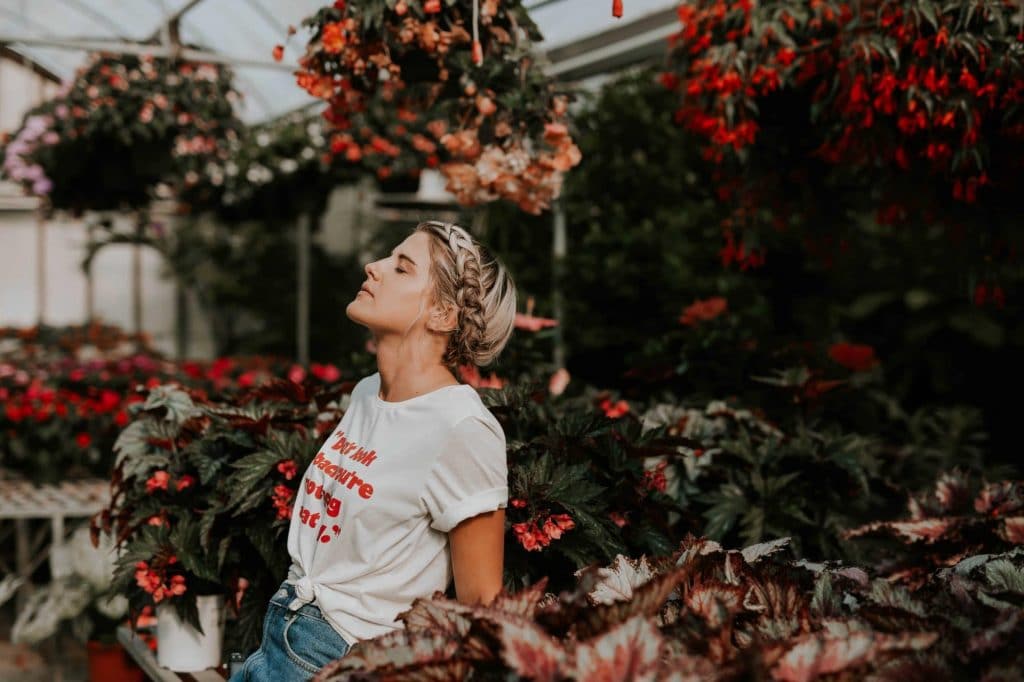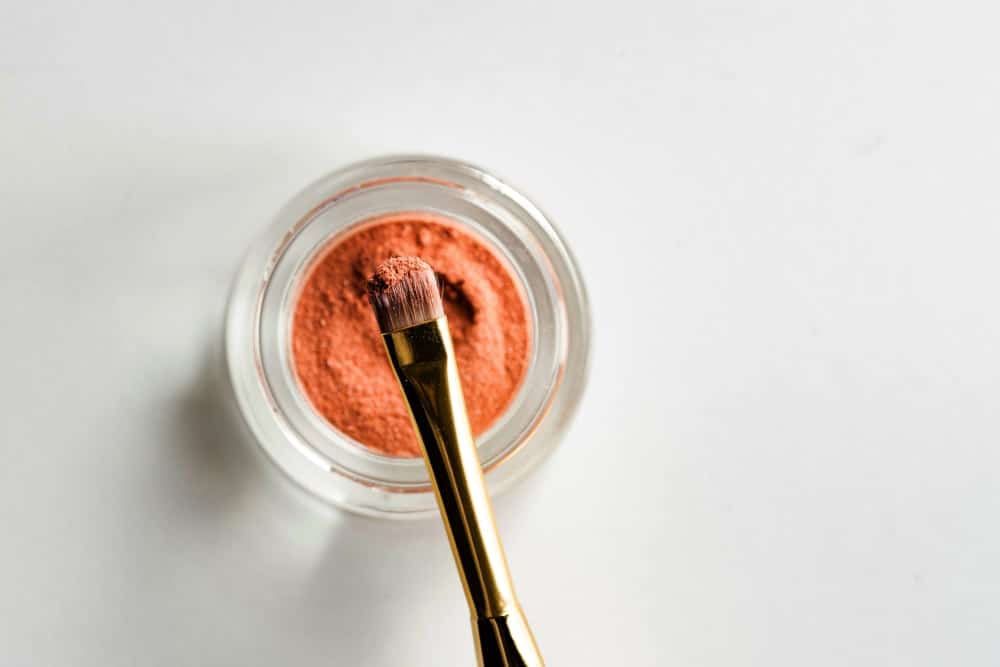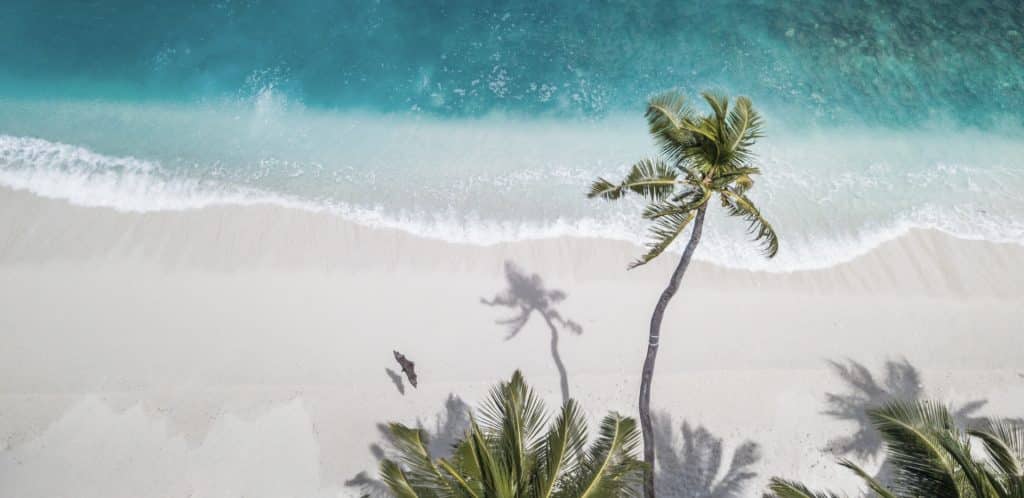Blog
Plastic - the Hidden Beauty Ingredient

By Hanna Oltmanns - October 4, 2022
The discussion about microplastics is not a new one, but as scientific research evolves, this topic continues to be a hot one! In a recent summary put together by the Plastic Soup Foundation the impact of tiny plastic particles on both our own health and the planet’s health is becoming shockingly visible. It’s time to act and to understand why exactly microplastics are such a big issue so that we can contribute to change.
“Plastic can make up to 90% of the ingredients added to cosmetics”
– The Plastic Soup Foundation
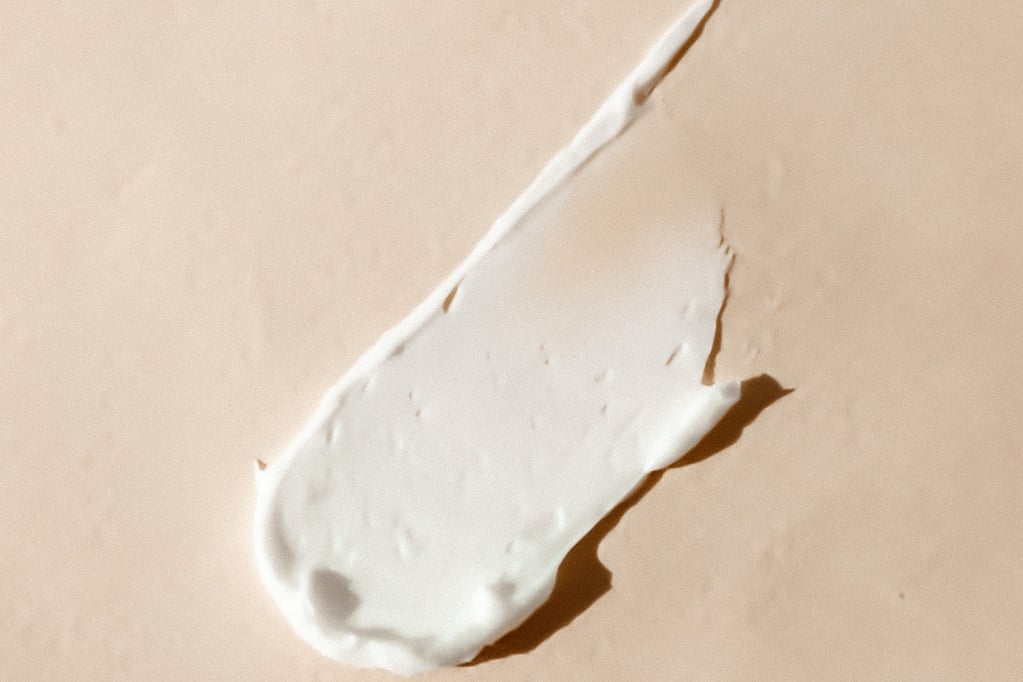
What are microplastics?
The term microplastics is not consistently defined. It typically refers to small solid particles made of synthetic polymer. Plastic particles smaller than 5 mm are considered microplastics. They are associated with long-term persistence in the environment and are very resistant to biodegradation.
The final definition of microplastics evolves in line with ongoing research. Generally speaking, all types of plastics particles that are intentionally added to personal care and cosmetic products can be considered microplastics.
This also includes polymers! Even though the official definition by the EU only refers to solid plastic particles, the reality looks different.
X Synthetic polymers are the main constituent of plastics, resins, coatings, and paints. They are also used in cosmetics and personal care products and have so far been exempt from any restrictions. Both humans and the environment are widely exposed to these polymers on a daily basis, and they are persistent, bioaccumulative, and toxic.
X Water-soluble polymers are plastics that dissolve, disperse, or swell in water. They are used for paints, building materials, personal care products, and in agriculture. They are directly or indirectly discharged into the environment. The estimated annual production volumes of these polymers are in the millions of tones in Europe alone. When they are present in sufficiently high concentrations water-soluble polymenrs can cause long-lasting changes to natural eco processes. Plus, they have the potential to cross biological cell membranes.
X Liquid and semi-solid polymers can be water soluble or form insoluble droplets, depending on their molecular structure. The use of liquid polymers exceeds the use of solid polymers. Every year 23.700 tonnes of soluble, semi-solid liquid polymers enter the wastewater system due to use in cosmetics compared to 922 tonnes of solid synthetic polymers smaller than 5mm.
This clearly shows the importance of defining microplastics with a wholesome view to avoid greenwashing and false user security.
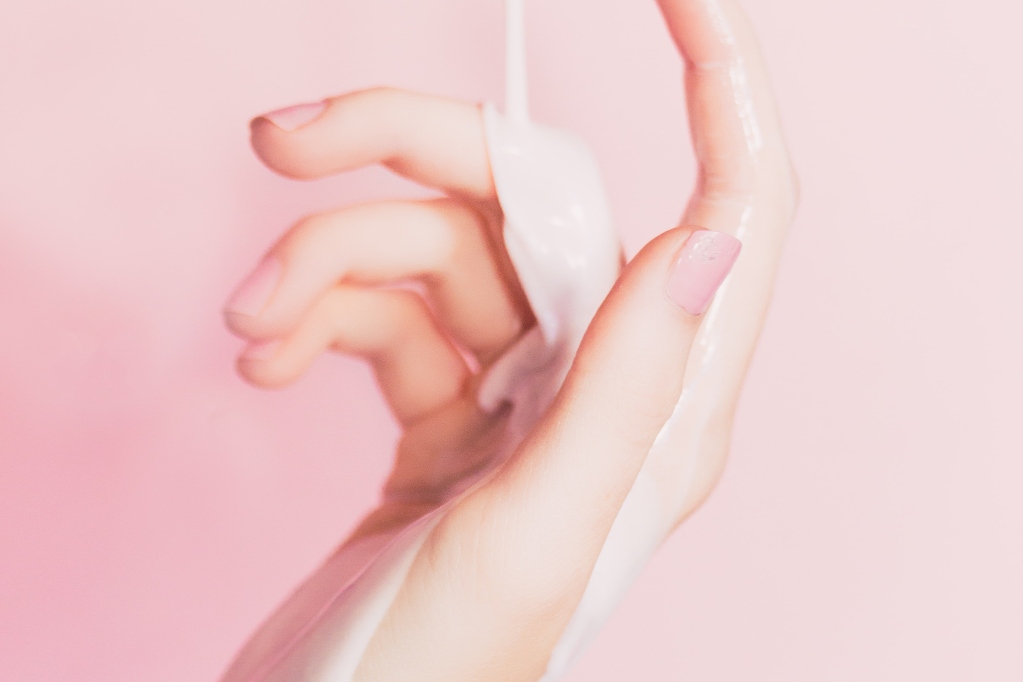
There are 2 types of microplastics:
Microplastics are an (un)intended byproduct of a plastic world.
Microplastics can be generated through fragmentation of bigger plastic waste that ended up in oceans and ecosystems. This plastic is referred to as “secondary plastic” as there was no intention for them to end up as microplastics.
Then there are primarily or engineered microplastic. These are deliberately manufactured plastic particles which are added to a wide variety of products (e.g. cosmetics, paint, pharmaceuticals, and fertilizers). In Europe, 42,000 tones of these intentionally produced microplastics end up in the environment because of products containing those plastic particles in their formulas. Once they end up in the environment and our ecosystems, they are almost impossible to remove.
What are microbeads?
Microbeads are tiny plastic particles that again are intentionally added to personal care and cosmetic products. They are commonly used in exfoliating products and toothpaste. Microbeads are mainly made of Polyethylene (PE) and Polymethyl Methacrylate (PMMA).
“Every minute 7 kgs of plastic are released into the environment from our cosmetics”
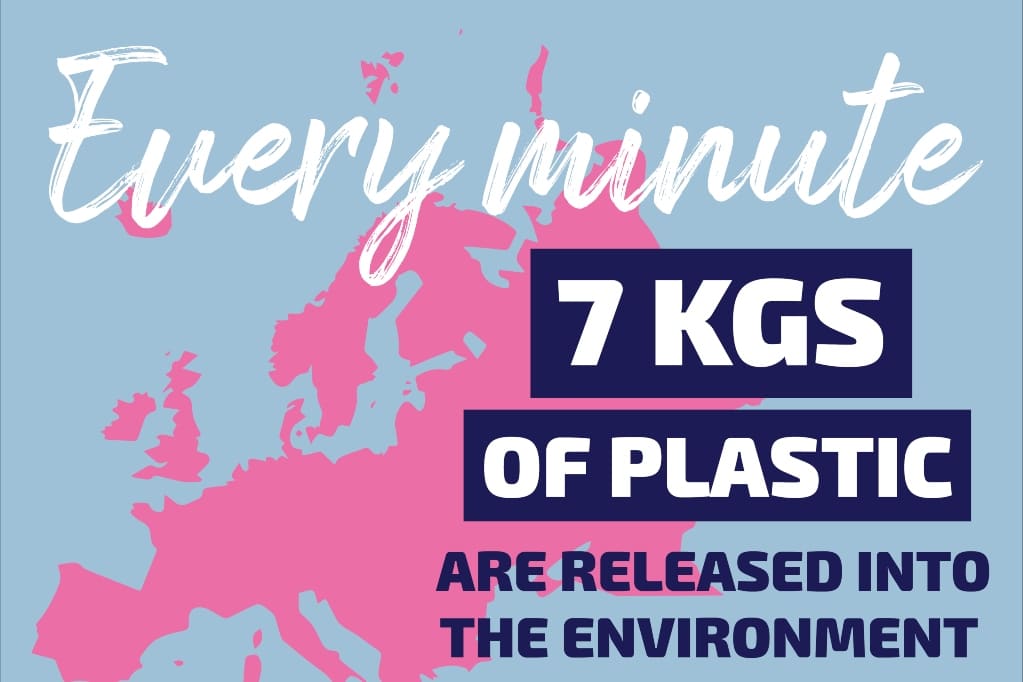
How do microplastics end up in the environment?
The European Chemical Agency estimates that each year about 3,800 tones of microplastics are released into the environment through the use of cosmetic and care products in Europe.
Via the use of seemingly harmless everyday products we’re causing irreversible pollution. Once we use products containing micoplastics (which are hardy visible to the naked eye) they flow straight from the bathroom drain into our sewer system. As waste water treatment plants are not capable of filtering those plastic particles out completely, microplastics from our cosmetics contribute to the “Plastic Soup” in our oceans. The few microplastic particles that are removed during wastewater treatments are trapped in the sludge which will then be used as fertisilier in agriculture. This way microplastics contaminate not only our oceans, but our soil as well.
Plastic pollution is far reaching! Plastic particles are found in the water we drink, the food we eat, and even in the air we breath. There seems to be no corner of the planet left untouched by microplastic pollution. Plastic infiltrated our food change at all levels, as every industry uses plastic as a common ingredient (from food packaging, to building materials). Microplastics have been found at the highest point on Earth, the Himalayas, and the lowest point of the planet such as the Mariana Trench, as well as all kinds of water bodies.
“Plastic pollution is not just an environmental crisis but also a human health issue”
– The Plastic Soup Foundation
Once they have ended up in the environment, microplastics attract and absorb contaminants like a magnet and sponge. The plastic particles become contaminated and are then eaten by organisms. This ingested microplastic can then pass through the food chain to humans at the top who consequently also ingest microplastics and the chemicals carried by those particles.
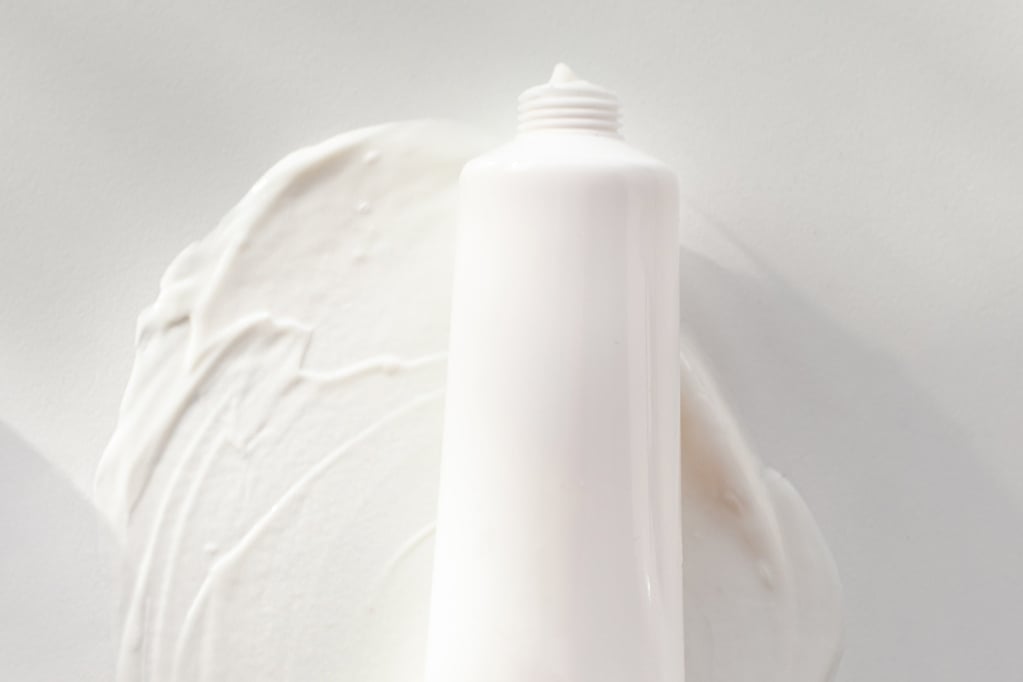
Health Risks Associated with MicroplasticS
Recent scientific research has shown that plastic is present in the human blood. Once plastic particles are in our blood, they can travel to other parts of our body and can lead to chronic inflammations linked to numerous health conditions such as auto-immune diseases and cancer. Newest research has detected microplastics in the human lung tissue as well as in the human placenta.
Additional research has discovered that infants up to 12 months old ingest on average 1.000.000 micro plastics every day from baby bottles. This is when the bottles are sterilised and prepared according to the guidelines from the World Health Organisation.
Plastic products contain chemical additives which can leach into our bodies. A number of these chemicals have been associated with serious health problems such as hormone-related cancers, infertility, and neurodevelopmental disorders such as ADHD and autism.
Plastic in the environment attracts micro-organisms, such as harmful bacteria (pathogens). When microplastics containing pathogens enter our body, there is an increased risk of infection.
The environmental and human health hazards of (engineered and secondary) nanoplastics are all related to their small size. 100 nanometers or less in size is considered nano and is close to the size of viruses. Due to their large surface-volume ration, they can absorb contaminants present in the environment. Plastics themselves contain a complex mixture of chemicals, and when inhaled, these chemicals and contaminants can migrate from the plastic into the exposed tissue. Nanoparticles can cross biological barriers as in the gut, placenta and brain. Therefore nanoplastics are able to reach the blood, organs, and even a foetus.
Features of plastic in such a size in addition to their chemical make-up determine the extent of the particle toxicity. Nanoplastics are potentially more toxic then larger particles as it has been suggested that toxicity increases with decreasing size.
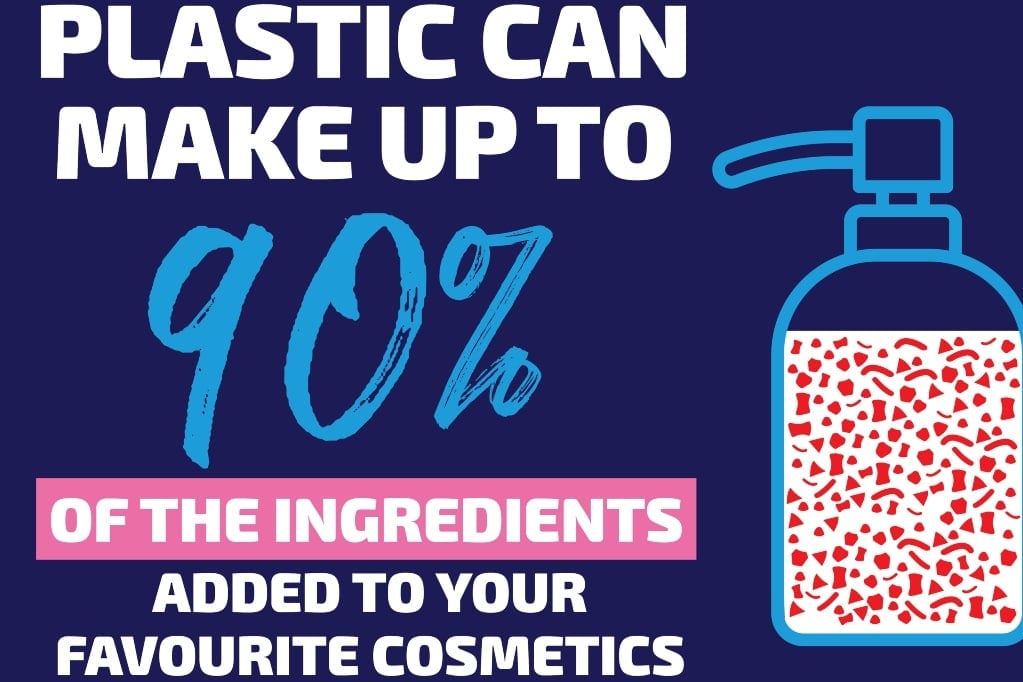
What can we do AGAINST MICROPLASTICS?
As we can see, microplastics and the use of them in our daily cosmetics is a pressing issue to both human health and the wellbeing of our planet. However, even if the bulk of the industry seems to rely on plastic as a hidden beauty ingredient, it is perfectly possible to create natural, healthy products without it! All Suntribe products have been certified to be free from microplastics and all our formulas are 100% natural. Next to us, there is plenty of other brands providing products with zero plastic inside.
“It’s possible to create effective cosmetics without any kind of plastic inside!”
– Suntribe Team
To ensure that you’re daily products are safe to use for both you and the environment, you can download the Beat the Microbeat App. It’s completely free and easy to use! Simply scan products before you buy them and learn if your favourite cosmetics and personal care products contain microplastics. Then simply choose a brand that has zero plastic inside their products.
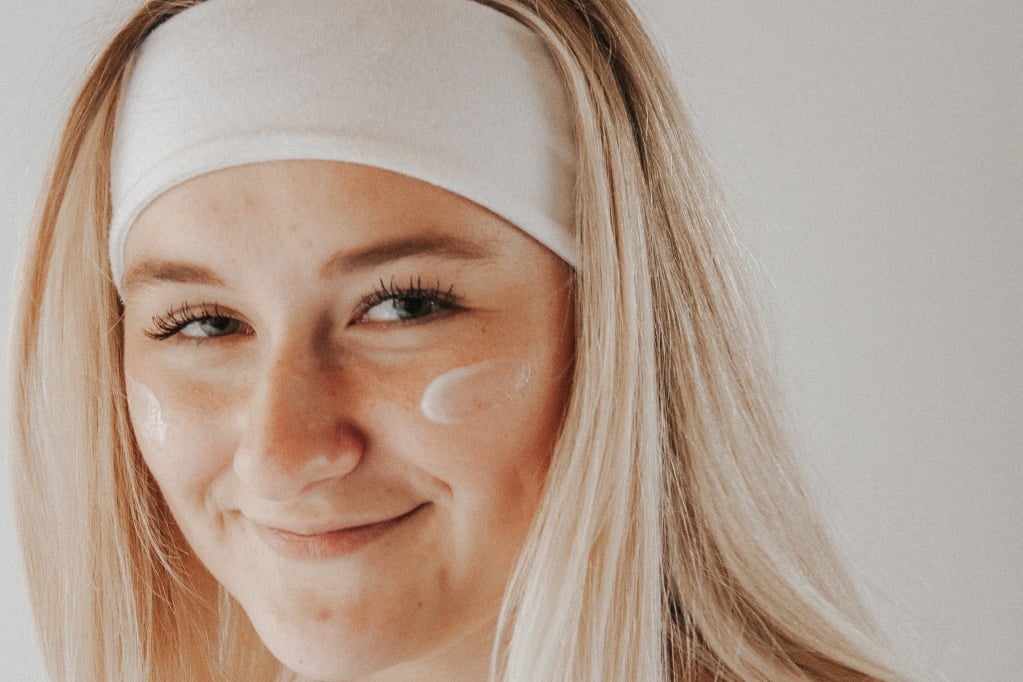
Want to continue reading?
about the author
Hej, I’m Hanna. I love the outdoors and I am the first one to enjoy every beam of sunshine possible. Through traveling several countries over the past few years, I have become more and more aware of the great need for sustainability in every aspect of our daily life. Through working with Suntribe I am joining the movement of sustainable production of organic cosmetic and help to raise awareness about the issue of harmful chemicals in personal care products for humans and nature alike.


